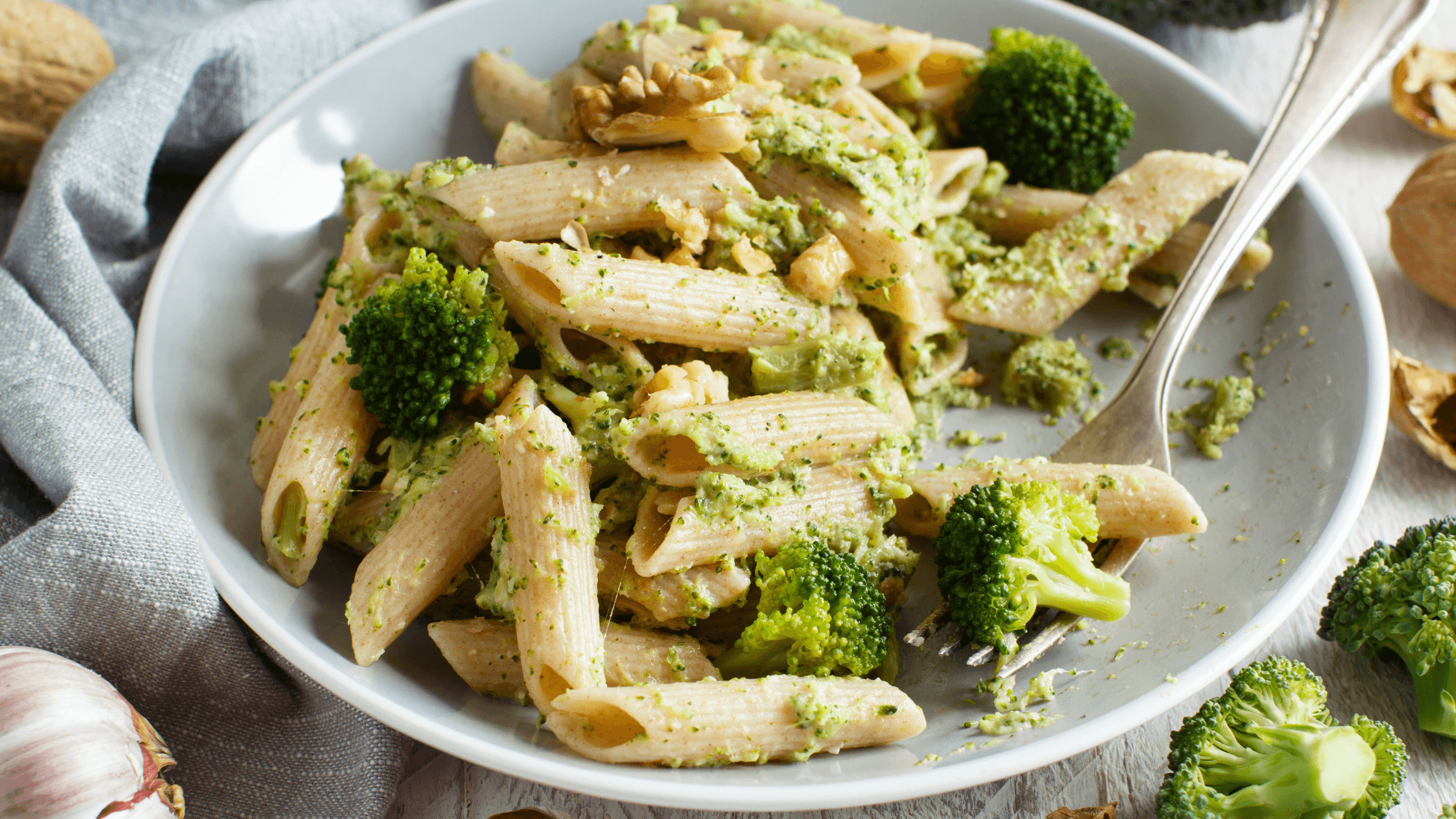Many foods have the potential to cause intestinal gas, and for most people, consuming these foods doesn't cause any significant issues beyond passing gas more frequently. But for people living with irritable bowel syndrome (IBS), gas-producing foods can trigger bloating and extreme abdominal discomfort. This often leads to avoidance of gas-producing foods, which may negatively impact gut health in the long term.
In this article, we'll explore why certain foods cause gas, bloating, and discomfort, and provide tips for managing these symptoms. Our goal is to show you that with a few small adjustments to your diet and lifestyle, you can incorporate a wide variety of foods into your diet — even if you're living with IBS.
Why Certain Foods Cause Gas
The reason certain foods cause intestinal gas lies in what happens to them during the digestive process. Foods high in fiber are one group of foods that are well-known for causing gas. This happens because our bodies cannot fully digest fiber, so it instead travels to the large intestine intact. Some fiber is fermentable (meaning it acts as food for your gut bacteria). Fiber that gets fermented releases gas as a byproduct of the fermentation process. Fermentable carbohydrates are often called FODMAPs, which stands for Fermentable Oligosaccharides, Disaccharides, Monosaccharides, and Polyols.

It's important to note that gas production and passing gas in response to high-fiber foods is completely normal. Many people become gassy after eating fermentable fibers, especially if they're not used to eating a lot of fiber. But getting a bit gassy after eating high-fiber foods isn't a reason to stop eating them. Instead, try gradually increasing your fiber intake by 2 to 3 grams a day to give your body a chance to adapt.
But what about people with IBS? The reason gas-producing foods like FODMAPs can be particularly difficult for people with IBS to tolerate lies in something called visceral hypersensitivity. Research has shown that people with IBS have an extra-sensitive digestive tract. When normal gas production occurs, it puts pressure on the walls of the gut. Due to the extra-sensitive digestive tract, the intestinal gas is perceived as painful by many people with IBS. It's also important to note that IBS is more common in women than men, with some research showing that IBS symptoms can worsen at certain times during the menstrual cycle or pregnancy.
Common Foods That Cause Gas
Remember, gas production and passing gas are normal parts of digestion, and aren't a sign that there's anything wrong with your digestive tract. However, some foods are more likely to cause gas than others. You don't necessarily have to avoid the foods on this list, but you may need to be mindful of portion sizes depending on how well you tolerate these foods. For a more personalized approach to managing gas symptoms, we suggest working with a dietitian for IBS.

Beans and Lentils
You've heard the song — "Beans, beans, the magical fruit," — but why exactly do legumes like beans and lentils cause gas symptoms? The reason lies in their fermentable fiber content. Legumes are high in both overall fiber and fermentable fibers like fructans and galacto-oligosaccharides (GOS). When these fibers are fermented by the gut bacteria, they produce gas. For this reason, legumes are one of the main foods to avoid with IBS during the elimination phase of the low FODMAP diet.
Dairy Products
Dairy products containing lactose can lead to gas production in people with lactose intolerance. When a person has lactose intolerance, they don't produce enough of the enzyme lactase, which leads to difficulty digesting lactose. Lactose instead travels to the large intestine intact, where gut bacteria ferment it and produce gases, such as carbon dioxide. Lactose also draws water into the colon, leading to diarrhea, bloating, and gas symptoms.
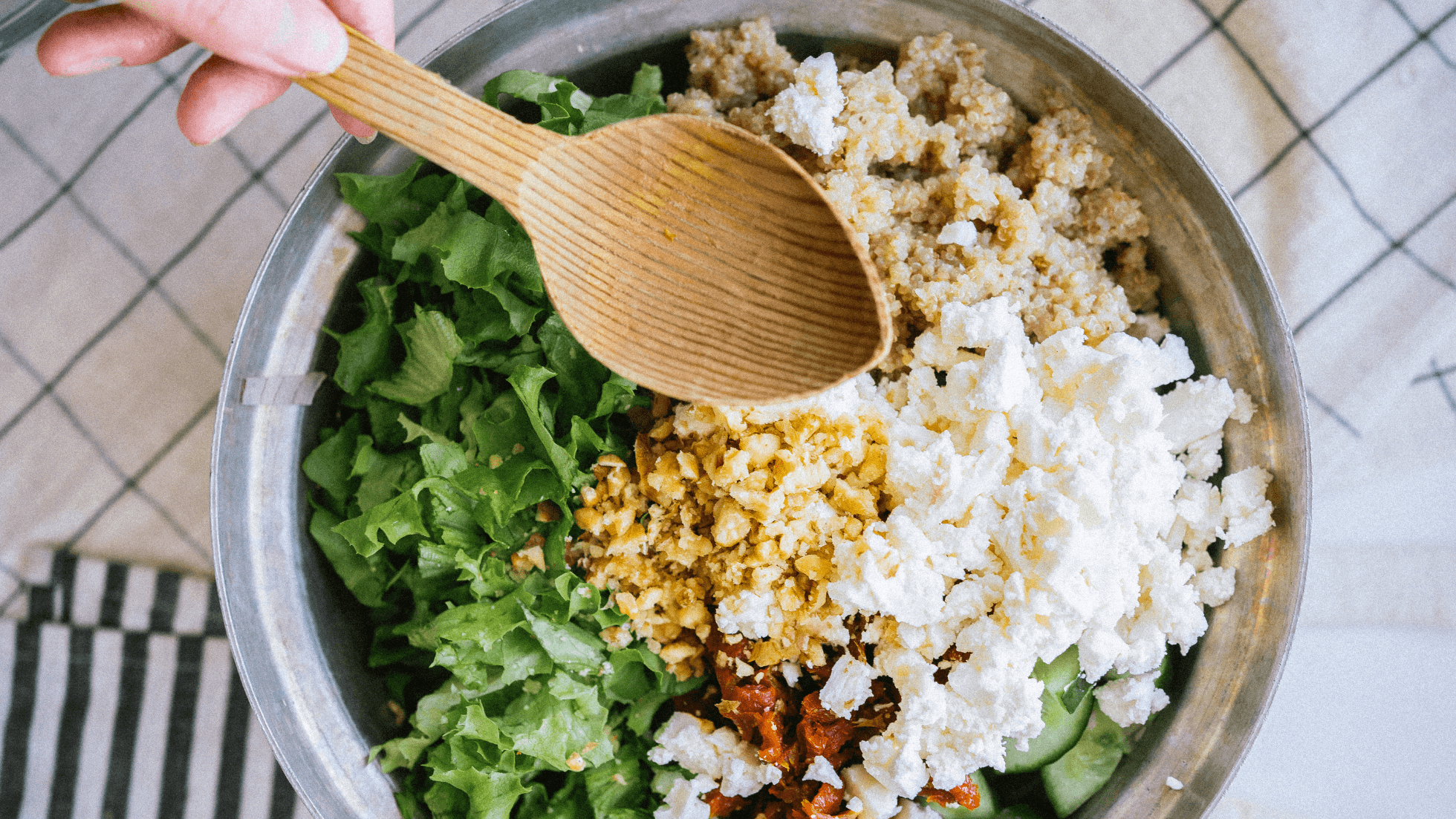
Whole Grains and Bran
Whole grains like wheat, rye, and barley, as well as bran, are rich in a fermentable carbohydrate called fructan. Fructans resist digestion in the small intestine, so they reach the large intestine intact. The gut bacteria then ferment them, releasing gas as a byproduct.
Cruciferous Vegetables
Cruciferous vegetables, such as broccoli and Brussels sprouts, contain a type of GOS called raffinose. Like other types of fermentable carbohydrates, GOS resists digestion in the small intestine and instead enters the large intestine intact. When the gut bacteria ferment GOS, gas is produced.
Certain Fruits High in Fructose or Sorbitol
Certain fruits high in excess fructose and sorbitol (like apples, pears, and stone fruits) can cause gas in susceptible individuals. Like other fermentable carbohydrates, they move into the large intestine intact, where the gut bacteria break them down via fermentation, producing gas.

Sugar-Free Foods with Polyols
Only about one-third of ingested polyols (or sugar alcohols) like sorbitol, mannitol, xylitol, maltitol, and isomalt are absorbed in the small intestine. When the remaining polyols enter the large intestine intact, fermentation by the gut bacteria produces gas. These types of carbohydrates also draw water into the large intestine, which is why many people experience diarrhea when they eat foods containing polyols.
Processed Foods, Sodas, Gum, and Hard Candy
Many processed foods are high in fat, which can slow digestion and trap gas in the intestines. Carbonated drinks, such as soda, introduce air into the digestive tract, leading to excess gas. In addition, chewing gum or sucking on hard candy can lead to swallowing air, which can cause gas to accumulate in the intestines.
How Diet and Habits Influence Gas Production
Here are some diet and lifestyle habits that can increase intestinal gas production or lead to air swallowing, which can worsen gas symptoms:
- Eating a large meal right before bed
- Drinking alcohol, soda, or other carbonated drinks
- Eating too quickly (which can lead to swallowing air)
- Chewing gum or sucking on hard candy
- Talking while eating
- Not getting enough exercise
- Wearing loose-fitting dentures
These lifestyle habits can all have an impact on how much gas accumulates in your intestines. Before eliminating any foods, take a look at these habits and consider whether there are any adjustments you could make.

If your IBS symptoms are severe, a short digestive reset may help you get your symptoms under control and reduce gas in the digestive tract. Strategies like applying heat to your abdomen, deep breathing before eating, staying hydrated, and increasing your intake of soluble fiber (found in foods like oats and psyllium husk) can all help relieve common symptoms of IBS like gas and bloating, and don't involve any restriction of healthy foods.
How to Manage Gas-Producing Foods with IBS
There are several strategies you can use to minimize the impact of gas-producing foods and prevent excessive gas production. As always, it's best to consult with your doctor or dietitian before making significant changes to your diet.
Monitor and Moderate Gas-Triggering Foods
One of the simplest ways to minimize the effects of gas-triggering foods is to try eating smaller portions to see if this results in less gas. Often, people with IBS can tolerate small portions of foods containing FODMAPs.
Here's an example. Say you ate half a cup of black beans on your burrito, but noticed you felt extremely gassy and bloated afterwards. The next time you eat black beans, consider reducing the portion to 2 tablespoons. If you can tolerate that portion, you can increase the portion size to one-quarter of a cup next time to see if you can handle the slightly larger portion size.
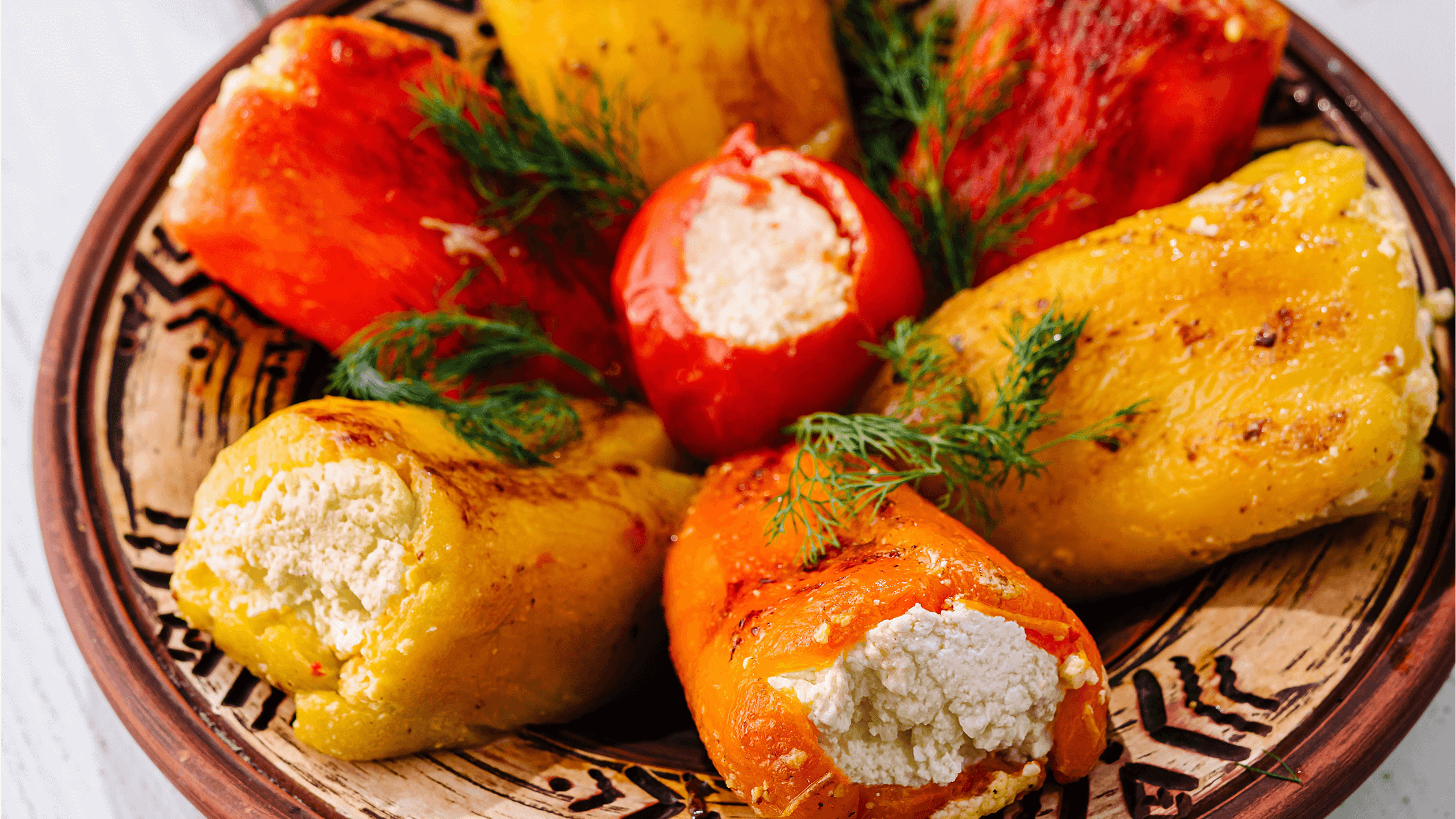
This method relies on being open to experimenting with different portion sizes, but it's a great way to assess what portions of gas-triggering foods you can tolerate. This enables you to reap the health benefits of gas-producing foods while minimizing digestive symptoms like gas and bloating.
Try Gentle Food Swaps and Cooking Methods
If you find that you struggle to tolerate gas-producing foods even in small amounts, some gentle food swaps may be helpful. For example, some people with IBS struggle to tolerate pasta made from wheat due to its fructan content. If this is the case, you can try a gluten-free pasta made without wheat to see if that helps your symptoms. This allows you to still enjoy pasta, but without the digestive side effects.

Additionally, some people find that cooking gas-producing foods makes them easier to digest. For example, if you struggle to digest raw broccoli, try steaming or roasting it to see if this reduces your gut symptoms.
Finally, soaking beans and lentils, or using canned, drained beans and lentils, reduces their FODMAP content because FODMAPs leach into the water during soaking or canning. This may make them easier to tolerate.
Consider Enzymatic Aids for Gas Support
While gas-producing foods can cause digestive upset for some people, it's generally not a good idea to avoid them completely, since they're prebiotics (food for your good gut bacteria). That's where digestive enzymes come in. Digestive enzymes help break down FODMAPs like lactose, GOS, and fructans before they reach your digestive system. This minimizes symptoms such as gas, bloating, and abdominal pain, allowing you to enjoy high FODMAP foods without worrying about digestive issues.
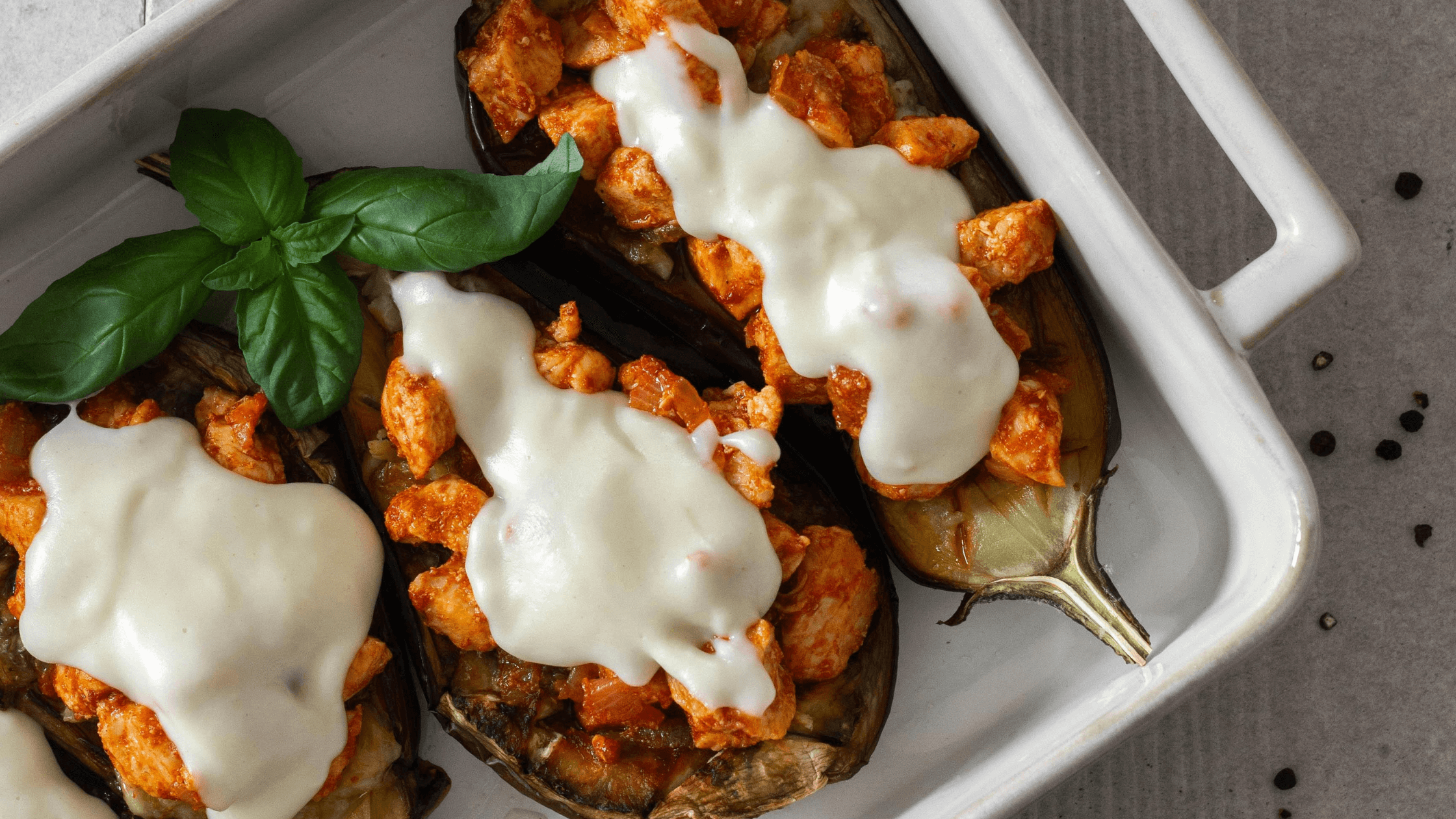
Slow Eating and Reduce Swallowed Air
How you eat is just as important as what you eat. Eating quickly or talking a lot while you eat can lead to swallowing excess air, which can worsen gas and bloating. Instead of rushing through your meal while scrolling social media, put your phone down and focus on mindful eating. By paying attention to the food's textures, flavors, and aromas, you become more connected to the eating experience and may end up eating more slowly (and as a result, swallowing less air).
Gradually Reintroduce Foods and Assess Tolerance
While eliminating foods high in fermentable fibers can be a good short-term strategy for reducing excessive gas, it's important to gradually reintroduce them to ensure you're not missing out on the diverse health benefits of prebiotics.
If you've been following the low FODMAP diet, it's essential to transition to the reintroduction phase. During this phase (which takes between eight and twelve weeks), you'll reintroduce high FODMAP foods one FODMAP group at a time. This enables you to see which foods you can tolerate, and in what portion sizes.
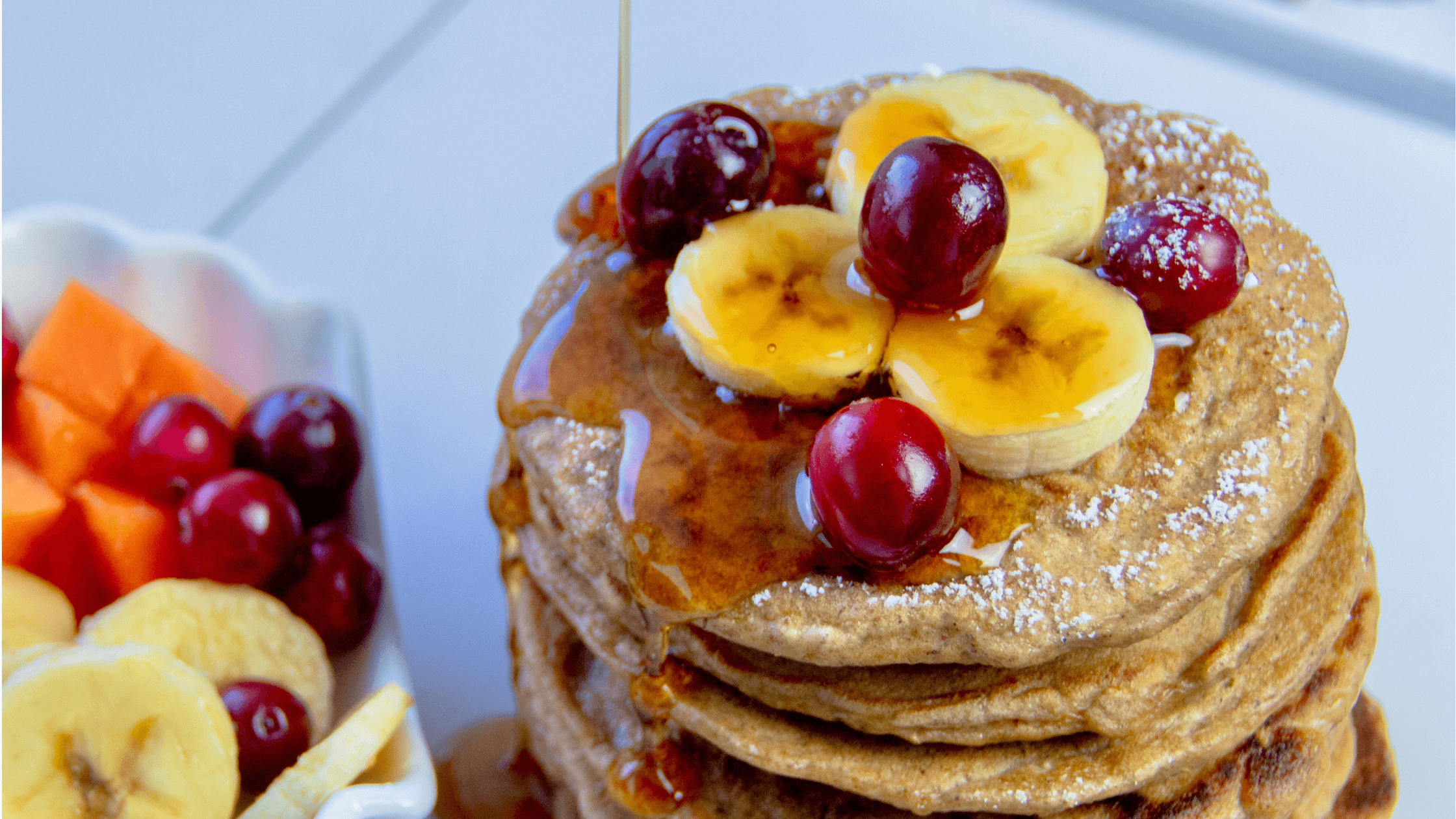
When Excess Gas May Signal a Problem
If you're passing gas frequently or have excessive gas and bloating, it may be a sign of another underlying disease, like small intestinal bacterial overgrowth (SIBO), ulcerative colitis, Crohn's disease, or celiac disease.
Here are some signs that extra gas may be a problem:
- You're experiencing unintended weight loss.
- You have blood in your stool.
- You wake up in the middle of the night to have a bowel movement.
- Efforts to reduce gas (such as taking lactase supplements, replacing loose dentures, or reducing your intake of gas-producing foods like soft drinks and FODMAPs) haven't helped.
- Your gas is extremely painful.
- Your gas is accompanied by changes in your bowel movements, like diarrhea or constipation.
Remember, not everyone with excess gas has an underlying condition, and most people pass gas between 14 and 23 times a day. However, if excess gas is accompanied by the above symptoms and significantly impacts your quality of life, it's important to have it properly evaluated.
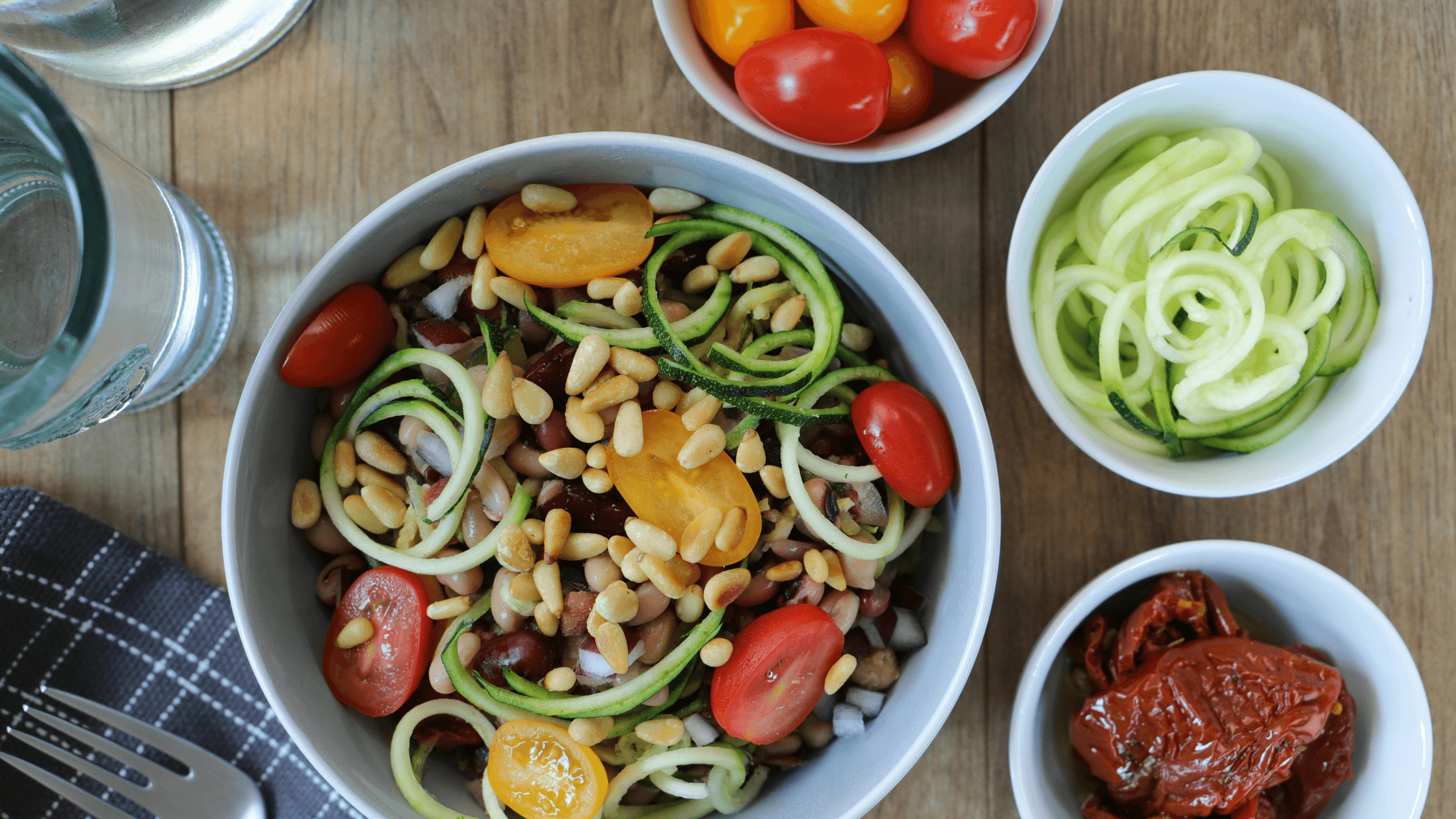
Finding Your Gas Comfort Zone
The foods and lifestyle factors that trigger gas can vary between individuals, and controlling intestinal gas often requires a combination of tracking and gradual diet and lifestyle adjustments. Remember, excessive gas in response to eating large amounts of foods rich in fermentable fibers isn't abnormal, but it may lead to abdominal pain if you have IBS and experience visceral hypersensitivity.
To reduce gas while still enjoying your favorite high FODMAP foods, consider using a digestive enzyme like FODZYME. It contains three digestive enzymes (lactase, alpha-galactosidase, and fructan hydrolase) to break down lactose, GOS, and fructans. This allows you to enjoy high FODMAP foods like garlic, onions, wheat, and dairy products without abdominal discomfort and excessive gas.
